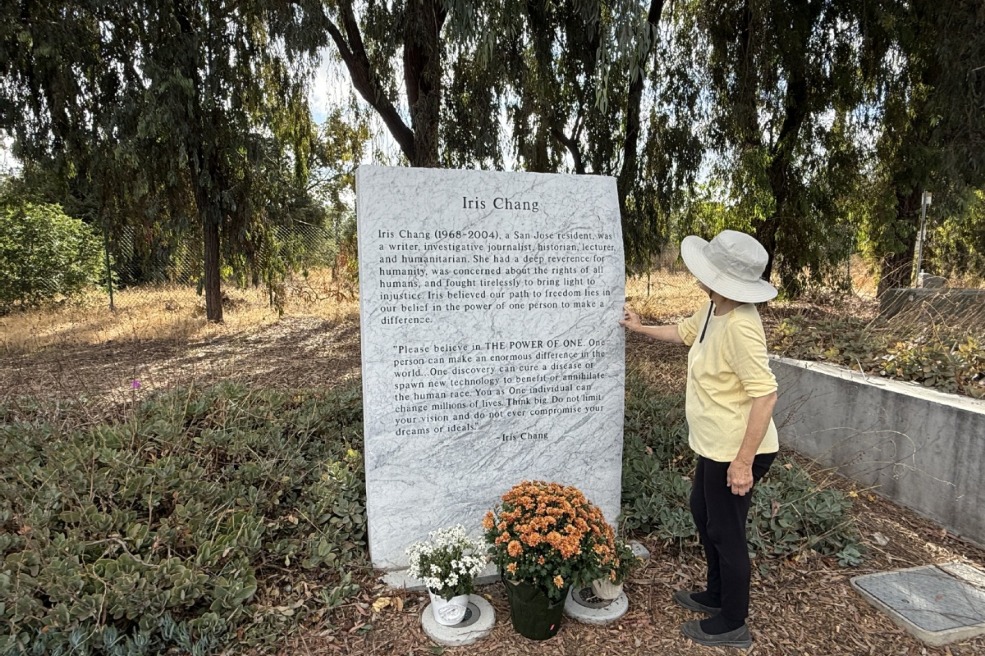A deeper purpose
Questions remain about what the pits uncovered at Sanxingdui were for, and while theories abound, one suggests evidence of a major spiritual reform, Zhao Xu reports.
By ZHAO XU | China Daily | Updated: 2024-04-20 10:19

Many bronze figures from Sanxingdui, some holding ritual items originating from the lower Yangtze River Delta region, are believed to be portrayals of shamans.
"In a sense, this had set Sanxingdui apart from the dominant culture existing in the Chinese heartland along the middle and lower reaches of the Yellow River, whose belief system was formed around ancestral worship," Hu says.
Although the two coexisted, and even overlapped for a long time, the latter was on a consistent rise, the influence of which spread southward from the Yellow River basin.
"In my view, the Sanxingdui culture must have eventually succumbed to those influences. And the construction of ancestral halls as mentioned in that 4th-century book signaled a religious reform, a radical departure that demanded the destruction of everything we are finding now," says Hu, pointing out that the pits and their contents were dated to the late Shang Dynasty.
That was when the people, who were to found the Zhou Dynasty (c. 11th century-256 BC), rose up against the tyrannical rule of the last Shang king. In doing so, they had enlisted the help of many political forces including the kingdom of Shu, according to The Chronicles of Huayang.
For material proof, some bronzes unearthed from Sanxingdui are believed to be war trophies from the fallen of the Shang Dynasty, which was known for its magnificent bronzes.
"Like their Shang predecessors, the rulers of the Zhou Dynasty conducted ancestral worship. For the kingdom of Shu to be taken into the fold, it probably had undergone some fundamental change that allowed it to align with this rising power, not just militarily, but also culturally and spiritually," Hu says.
























